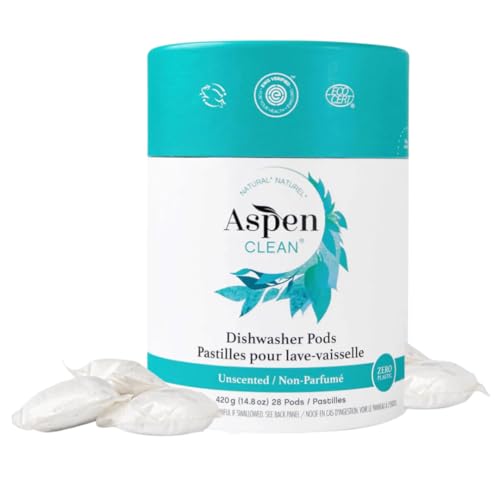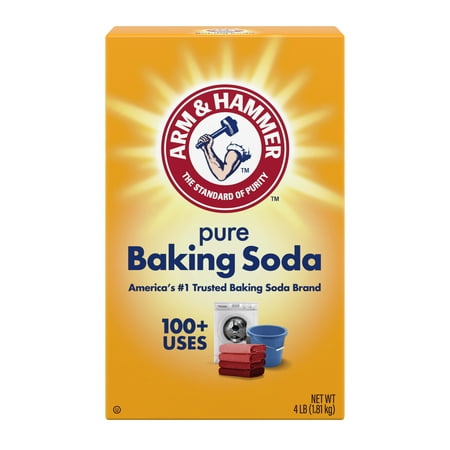The only 5 dishwasher cycles you should be using daily to save time and money
Plus, what the other 8 dishwasher cycles actually do, and when to use them


Starting the dishwasher might be a task many of us do on autopilot, but pausing to select the right dishwasher cycle could make a world of difference to how clean your dishes are and how much energy you use.
From sanitizing cycles to quick, eco-washes, understanding what each dishwasher cycle does, and knowing the one to pick for the best clean will help you get the most out of your appliance without running up unnecessary bills.
Here, appliance experts break down the 12 most common cycles on the best dishwashers so you can get your dishes really clean, wash after wash, and identify which five you should be using most.
Dishwasher cycles explained
Ian Palmer-Smith, appliance repair expert at Domestic & General, begins, ‘Choosing the right cycle can save you energy and water, as well as preserving the lifespan of your dishwasher and preventing you from needing a repair.’
Much like all the different washing machine settings, April Taylor, associate brand manager of the Whirlpool brand, adds, ‘There are a number of dishwasher cycles, with each designed for a specific load size and soil level. While it is best practice to reference your user care guide or manual, as settings are specific to each appliance and may vary depending on the model, there is some general crossover.’
Washing cycles
There are typically around 12 different dishwasher cycle settings on modern machines, and the one you pick will depend on a few factors, including how quickly you need the dishes ready to be used, how dirty they are, and what exactly you've loaded into your appliance.
These five commonly found settings will serve you best day to day, depending on your household's needs:
Design expertise in your inbox – from inspiring decorating ideas and beautiful celebrity homes to practical gardening advice and shopping round-ups.

Loading your dishwasher correctly plays a big part in ensuring your dishes come out clean.
- Eco wash: Ian explains, ‘Eco is a popular setting to use as it can help you save on energy bills and water usage. It does this by using lower wash temperatures in return for a longer cycle duration. It’s most suitable to use for everyday loads with the typical amount of grime. It’s best to avoid attempting to clean dishes with baked-on food or grease on Eco mode as the lower temperatures may not effectively remove the stains.’ This is the sort of cycle you use when you've loaded the dishes before bed. They'll run overnight, likely using a cheaper tariff of electricity if you use the timer function to match your off-peak tariff (if you have one), and they'll be ready for breakfast.
- Heavy wash: April says, ‘The Heavy Cycle, also known as the pots and pans cycle, uses extra water and higher temperatures, making it best for heavily soiled items like casserole dishes, grimy tableware, pots, and pans.’ Remember to clean your dishwasher filter regularly after tasks like these to maintain efficiency.
- Auto (sensor) cycle: If you are not too sure what you need from your dishwasher, April suggests the auto-cycle. She says, ‘The Sensor Wash Cycle uses wash sensors and is best for cleaning mixed items with varying levels of soil. Designed to adapt to everyday dishes, it automatically selects the proper wash and dry settings for the load depending on load size, soil level, and temperature, using only the amount of water and energy needed to ensure dishes come out clean.’ If your dishwasher is not cleaning your dishes, it may be that the sensors are dirty and you need to clean a dishwasher.
- Quick/Speed wash: In contrast to the eco cycle, April explains, ‘The Quick Wash Cycles use more energy and heat for fast results. This cycle is best used for lightly soiled dishes such as plates, bowls, and other essentials that need to be cleaned quickly. Some models have quick cycles that will work in as little as one hour.’ Loading a dishwasher properly can also help speed up the cleaning process.
- Rinse cycle: April explains, ‘The Rinse Only Cycle sprays clean water throughout the dishwasher to rinse away any food debris, then drains the water through a hose. This cycle is great for rinsing dishes ahead of a full load that will be run later in the day.’ This is a good way to get rid of dishwasher smells, too, preventing dirt from sitting for too long between cycles. Adding a rinse aid, such as Finish Jet Dry, from Walmart, can also make the rinse cycle at the end of your main wash cycle more effective, preventing smudges and watermarks.
The next five are useful, but will likely not be needed daily:
- Delicate wash: ‘Also referred to as the Glass or Light Cycle, the Delicate Cycle uses a lower temperature and is best for fragile items, including fine dishware and crystal,' says April. The cycle’s reduced temperature helps to avoid damage from high heat and strong bursts of water.’ This cycle can also be beneficial for cleaning the unexpected things you can wash in the dishwasher to prevent damage.
- Pre-wash: This built-in setting is often useless, Ian concludes. ‘This setting pre-rinses your dishes, preparing them for cleaning. One of the biggest dishwasher myths is that you need to rinse items before loading them. In reality, this uses extra unnecessary hot water and is one of the worst things you can do to your dishwasher. Modern dishwashers use high temperatures designed to break down stubborn stains with little trouble, so pre-rinsing plates is a bit like hand washing your car before taking it to the car wash.'
- Sanitize cycle: This cycle is fantastic for families, Ian says. ‘A sanitise setting can add up to one and a half hours onto your wash cycle, using a high temperature to kill germs and bacteria, usually during the final rinse. This can provide an extra layer of protection against harmful bacteria, perfect for heavily soiled dishes or items like baby bottles.’ It can also be a great way to clean and disinfect baby toys so long as they are dishwasher safe. The Molly Suds Natural Dishwasher Detergent, from Walmart, is residue-free and perfect for baby items
- Half Load: Only have a small household? Ian says, ‘Several dishwashers offer a Half Load option, meaning the wash cycle can be focused on either the upper or lower racks. This can save you water and energy and is perfect if you don't have enough dirty dishes to fill the whole machine.’
- Normal wash: April explains, ‘A Normal Wash Cycle cleans average amounts of messes without extra water, heat, or time. It is best used for cleaning everyday dishes without heavy soil,’ especially when you avoid common dishwasher mistakes, making your appliance work harder. Picking a quality dishwasher detergent, such as the non-toxic Seventh Generation Powder Detergent, from Walmart, can also make this cycle more efficient.
Drying cycles

Picking the right drying cycle can prevent damage, watermarks, and lower energy bills.
Once your dishes are clean, there are typically two options for drying:
- Heat dry (or Drying Boost): April says, ‘The Drying Boost Cycle, or Heat Dry Cycle, generates hot air that circulates around the dishes to quickly evaporate water and speed up the dish-drying process. Depending on the model, this option can add an additional 30 minutes to the length of a regular cycle.’
- Air dry: The dishwasher will use room-temperature air to dry the dishes more energy-efficiently. Head of Solved Punteha van Terheyden recently started putting a towel in the dishwasher door to banish water spots at the end of the cycle, and she loves how efficient it is without raising energy bills. Any standard dish towel, such as these 100% cotton waffle dish towels from Target, will do.
What to shop

These unscented dishwasher pods are free from artificial dyes and fragrances, making them a fantastic non-toxic dishwasher tablet alternative that doesn't compromise on cleanliness.

Baking soda is a natural abrasive that helps break down tough deposits without scratching delicate surfaces such as metal and glass, making it perfect for cleaning a dishwasher and removing odors.

For the awkward gaps and indents in a dishwasher, use a detail cleaning brush to help remove grease, food particles, and grime for more efficient cycles.
FAQs
How many cycles does a dishwasher have?
Typically, one full dishwasher cycle is made up of three individual cycles – a prewash, wash, and final rinse. Many modern dishwashers often give you a choice of which cycles you would like, however, allowing you to customize the cleaning to your needs. To do this, consult your manufacturer's manual for detailed instructions.
Meet the experts

Ian is an expert in dishwasher maintenance and repairs, with 39 years working at Domestic & General. The company repairs a whopping 2.2 million products a year, working with brands like Bosch, Samsung, Whirlpool and Zanussi to ensure appliance longevity.

April has been with the Whirlpool brand for over eight years.
Once you have figured out all of the settings, brush up on the things that should only go in the top rack of your dishwasher to prevent damage to your crockery and your appliance.

Chiana has been at Homes & Gardens for two years and is our resident 'queen' of non-toxic living. She spends most of her time producing content for the Solved section of the website, helping readers get the most out of their homes through clever decluttering, cleaning, and tidying tips. She was named one of Fixr's top home improvement journalists in 2024.
You must confirm your public display name before commenting
Please logout and then login again, you will then be prompted to enter your display name.